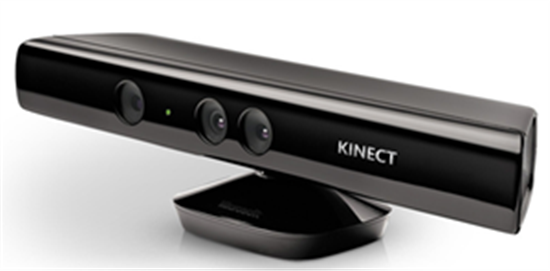5 industries set to love Kinect for Windows

Microsoft will roll out Kinect for Windows on 1 February as it tries to leverage Xbox's best feature and natural user interface for broader use. Here's a look at five industries likely to dive head first into Kinect development.

(Credit: Microsoft)
In a blog post, Microsoft outlined how it plans on using Kinect for Xbox 360 for new users. For me, the money line from Microsoft was:
Kinect for Windows will also support gesture and voice on Windows Embedded-based devices, and will enhance how data is captured and accessed within intelligent systems across manufacturing, retail and many more industries. We are building the Kinect for Windows platform in a way that will allow other companies to integrate Kinect into their offerings, and we have invested in an approach that allows them to develop in ways that are dependable and scalable.
Healthcare
Microsoft clearly sees Kinect as a hospital and healthcare staple. On ZDNet Australia's sister site ZDNet US, Denise Amrich noted how Kinect is helping hospitals practice so-called clean techniques. Amrich, an RN, noted that keeping a sterile environment is critical. Kinect is also likely to have surgical applications, too. Meanwhile, Kinect is likely to be useful even at the lower end of the healthcare spectrum. The Wii is used in physical therapy. Chances are that the Kinect will be, too. Also see: Microsoft foresees roles for Surface 2, Xbox, Kinect in healthcare.
Retail
Kinect also seems like a natural fit for the retail industry. Why? It's a handy way to try things on virtually, browse kiosks and select products. Microsoft is also likely to pair up Kinect technology with its Surface efforts for retail use.
Manufacturing
The uses for manufacturing and the Kinect are less obvious. Training would be one critical area, but, as manufacturing floors become more high tech, you could ultimately control robots with Kinect. If Toyota is testing out uses for the Kinect sensor, there must be some mojo somewhere.
Advertising and marketing
It doesn't take a brain surgeon to see how Kinect could be paired with PowerPoint to do presentations. In addition, display advertising at train stations and consumer-accessible areas could be interactive.
Education
Kinect can be a teaching tool. An obvious use case could be physical education and sports training. However, everything from class discussions to demonstrations could be more interactive in a virtual world.
Via ZDNet US